
- 1 - Understanding Roof Algae and Moss
- 2 - Causes of Roof Algae and Moss
- 3 - How to Prevent Roof Algae and Moss
- 4 - Removal Methods for Roof Algae and Moss
- 5 - When to Call a Professional for Roof Algae and Moss Issues
- 6 - Recommendations from Pickering Roofing
1. Understanding Roof Algae and Moss
Roof algae and moss are common issues for homeowners, especially in regions with high humidity or frequent rainfall. These growths can be unsightly, cause long-term damage, and even affect the energy efficiency of your home. Algae, often appearing as dark streaks, and moss, which forms thick, green clumps, thrive on roof surfaces, particularly in shaded areas.
Understanding how roof algae and moss develop, and knowing how to address them, is crucial for maintaining the health and appearance of your roof. In this article, we’ll explore the causes, prevention methods, and removal strategies for roof algae and moss.
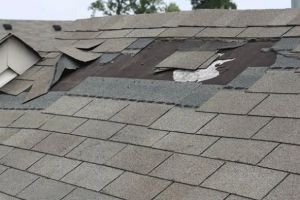
Best Roofer & Renovation / best roofing toronto
2967 Dundas St W #1584, Toronto, ON M6P 1Z2, Canada
2. Causes of Roof Algae and Moss
Roof algae and moss growth are caused by a variety of environmental and structural factors. Here are some of the main contributors:

CentiMark Ltd. / centimark corporation
740 Huronia Rd Unit 9, Barrie, ON L4N 6C6, Canada
2.1 Humidity and Moisture
Moisture is the primary factor that encourages algae and moss growth. In areas with high humidity or frequent rainfall, roofs are more likely to develop these unwanted growths. Algae thrive in the damp conditions, while moss needs moisture to grow, particularly in areas that remain wet for long periods.
2.2 Lack of Sunlight
Roofs that are shaded by large trees or nearby buildings are more susceptible to algae and moss growth. These areas tend to stay moist longer, providing an ideal environment for moss and algae to flourish. Lack of sunlight prevents the roof from drying out properly, which accelerates the growth of these organisms.
2.3 Poor Roof Ventilation
Inadequate ventilation in the attic or roof space can lead to higher moisture levels, contributing to the growth of algae and moss. Proper ventilation helps regulate temperature and moisture, preventing the conditions that favor these growths.
2.4 Roofing Material
Certain roofing materials are more prone to algae and moss growth. Asphalt shingles, for example, are often a breeding ground for algae due to their composition. Some shingles are specifically designed to resist algae growth, but others may be more vulnerable, especially in areas with persistent moisture.
3. How to Prevent Roof Algae and Moss
Preventing roof algae and moss growth requires a combination of proactive measures and regular maintenance. Here are several strategies to help keep your roof free from algae and moss:
3.1 Trim Overhanging Branches
One of the simplest ways to reduce moss and algae growth is to trim any trees or shrubs that hang over your roof. By allowing more sunlight to reach your roof, you reduce the chances of moisture building up and creating a conducive environment for growth.
3.2 Improve Roof Ventilation
Proper ventilation in your attic or roof space helps maintain the right balance of temperature and moisture levels. Ensure that your roof has adequate ventilation to promote airflow and prevent excess moisture buildup, which can encourage the growth of algae and moss.
3.3 Use Algae-Resistant Roofing Materials
When replacing your roof, consider using algae-resistant shingles or roofing materials that are designed to withstand moisture and algae growth. Many modern asphalt shingles come with built-in algae-resistant features, making them a good choice for homeowners in humid areas.
3.4 Install Zinc or Copper Strips
Installing zinc or copper strips along the ridge of your roof can help prevent the growth of algae and moss. When it rains, these metals release small amounts of their compounds, which wash down the roof and inhibit the growth of algae and moss. This is a simple, long-term solution to prevent these issues from developing.
4. Removal Methods for Roof Algae and Moss
If algae or moss have already started to grow on your roof, it’s important to address the problem promptly to prevent further damage. Here are some effective methods for removing these growths:
4.1 Soft Washing
Soft washing is a gentle, effective method for removing moss and algae from your roof. Unlike power washing, which can damage roofing materials, soft washing uses low-pressure water combined with a special cleaning solution to safely remove algae and moss without causing harm to your shingles or tiles.
4.2 DIY Cleaning Solutions
If you prefer a DIY approach, you can use a mixture of water and bleach or water and vinegar to clean the affected areas. Apply the solution to the roof and allow it to sit for 15–20 minutes before scrubbing gently with a soft-bristle brush. Be sure to rinse thoroughly afterward to avoid any damage to your roof or surrounding plants.
4.3 Professional Roof Cleaning
If the growth is extensive or you don’t feel comfortable cleaning the roof yourself, hiring a professional roof cleaning service is a good option. Professionals have the experience and equipment necessary to safely remove algae and moss, ensuring that your roof remains undamaged and free from growth.
5. When to Call a Professional for Roof Algae and Moss Issues
While some minor algae and moss growth can be addressed with DIY methods, there are situations where it’s best to call a professional. Here’s when you should consider professional help:
5.1 Extensive Growth
If the algae or moss has spread across a large portion of your roof, or if it’s causing significant damage to the shingles, it’s time to call in a professional. They can assess the situation and recommend the best course of action, whether it’s cleaning, repairs, or even a full roof replacement if the damage is severe.
5.2 Roof Damage
If algae or moss growth has caused physical damage to your roof, such as missing shingles or leaks, it’s crucial to have a professional inspect the roof. Left untreated, moss and algae can penetrate the roof’s surface and cause more extensive damage that requires professional repairs.
5.3 Safety Concerns
Cleaning your roof can be dangerous, especially if you don’t have the proper equipment or experience. If you’re not comfortable working at heights or using cleaning chemicals, hiring a professional ensures the job is done safely and effectively.
6. Recommendations from Pickering Roofing
At Pickering Roofing, we understand how important it is to keep your roof in top condition. Regular maintenance, such as checking for algae and moss growth, can help prolong the life of your roof and prevent costly repairs down the line. If you notice any signs of algae or moss growth, don’t hesitate to contact a professional to help you address the issue.
For expert advice on roof maintenance, cleaning, or repair, visit Pickering Roofing today. Our experienced team is here to assist you with all your roofing needs, ensuring your home remains safe and well-protected from the elements.

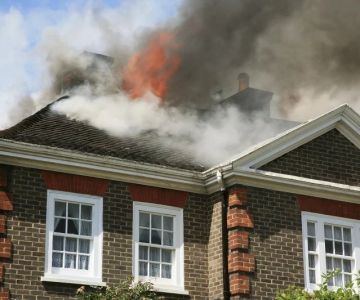
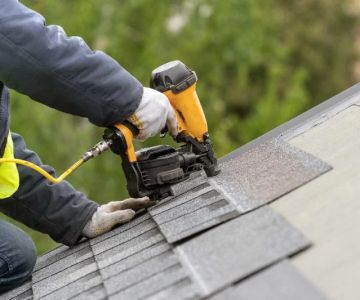
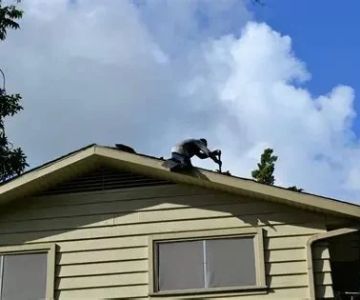
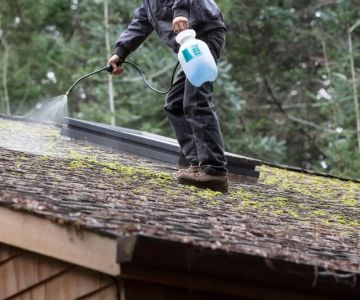
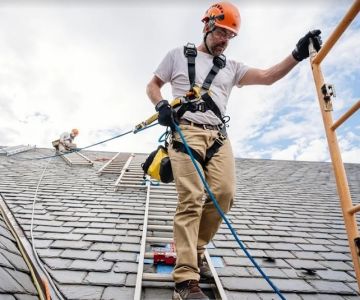
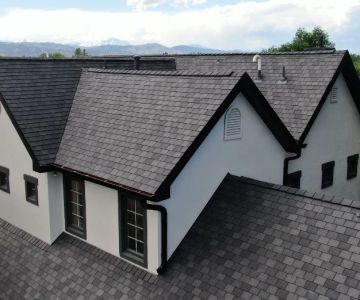
 Primo Roofing4.0 (9 reviews)
Primo Roofing4.0 (9 reviews)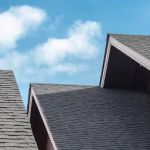 Above It All Roofing Inc5.0 (34 reviews)
Above It All Roofing Inc5.0 (34 reviews)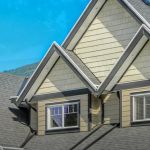 Kitchener Affordable Roofing3.0 (3 reviews)
Kitchener Affordable Roofing3.0 (3 reviews)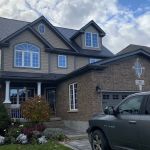 Aqwa Building Solutions4.0 (19 reviews)
Aqwa Building Solutions4.0 (19 reviews)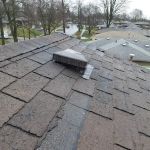 Living My Dream Roofing4.0 (21 reviews)
Living My Dream Roofing4.0 (21 reviews)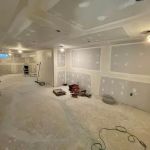 ARF EXTERIOR CONSTRUCTION INC.0.0 (0 reviews)
ARF EXTERIOR CONSTRUCTION INC.0.0 (0 reviews)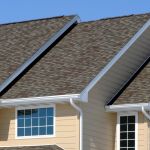 How Much Does a New Roof Cost in 2025? Canadian Roofing Price Guide
How Much Does a New Roof Cost in 2025? Canadian Roofing Price Guide Top Signs Your Roof Has a Leak and What to Do About It in Canada
Top Signs Your Roof Has a Leak and What to Do About It in Canada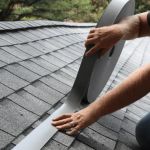 Can You Install a New Roof Over an Old One in Canada?
Can You Install a New Roof Over an Old One in Canada?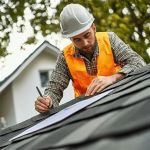 The Top Questions to Ask Before Hiring a Roofer in Canada
The Top Questions to Ask Before Hiring a Roofer in Canada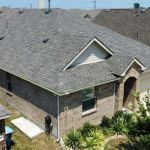 What Are the Most Common Roofing Scams and How to Avoid Them in Canada
What Are the Most Common Roofing Scams and How to Avoid Them in Canada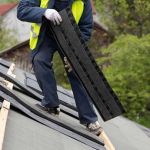 How to Prepare Your Home for a Roofing Project in Canada
How to Prepare Your Home for a Roofing Project in Canada